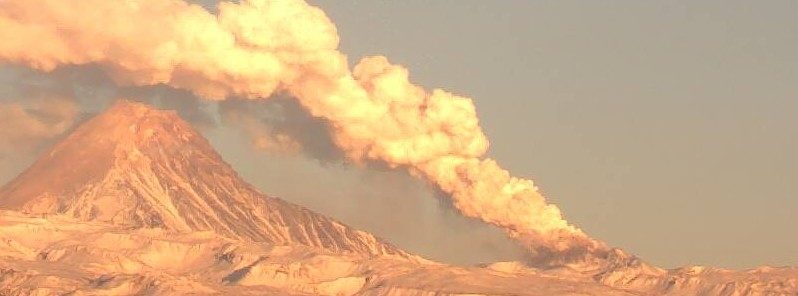OF THE
TIMES
The course of life and labour reminds me of a long journey I once took on the railway. Suddenly, there was a breakdown ahead, and passengers took the event in various ways. Some of them sat still resignedly, and never said a word. Others again, went to sleep. But some of us leaped out of that train, and ran on ahead to clear the road of all obstructions.
What is there to spy on but more stupidity?!! I've been researching for years, some call it spying, I did find all the stupids and karma has...
So true, and now the UK has compounded this by taking direct action against Iran's drones and missiles What we're witnessing is a display of...
Duh - that is what Facebook was made for. Capture an existing and promising market with a tax-$$$ / 3-letter-agency sponsored "entrepeneur", to...
Why are the British involved? Britain's Foreign Secretary, David Cameron, says that Britain would respond with "very strong action" if another...
If 99% of the barrage was neutralised, the 1% seems a fair and limited response to Israel's earlier act of war, but as ever with Israel, they are...
To submit an article for publication, see our Submission Guidelines
Reader comments do not necessarily reflect the views of the volunteers, editors, and directors of SOTT.net or the Quantum Future Group.
Some icons on this site were created by: Afterglow, Aha-Soft, AntialiasFactory, artdesigner.lv, Artura, DailyOverview, Everaldo, GraphicsFuel, IconFactory, Iconka, IconShock, Icons-Land, i-love-icons, KDE-look.org, Klukeart, mugenb16, Map Icons Collection, PetshopBoxStudio, VisualPharm, wbeiruti, WebIconset
Powered by PikaJS 🐁 and In·Site
Original content © 2002-2024 by Sott.net/Signs of the Times. See: FAIR USE NOTICE

Reader Comments
to our Newsletter